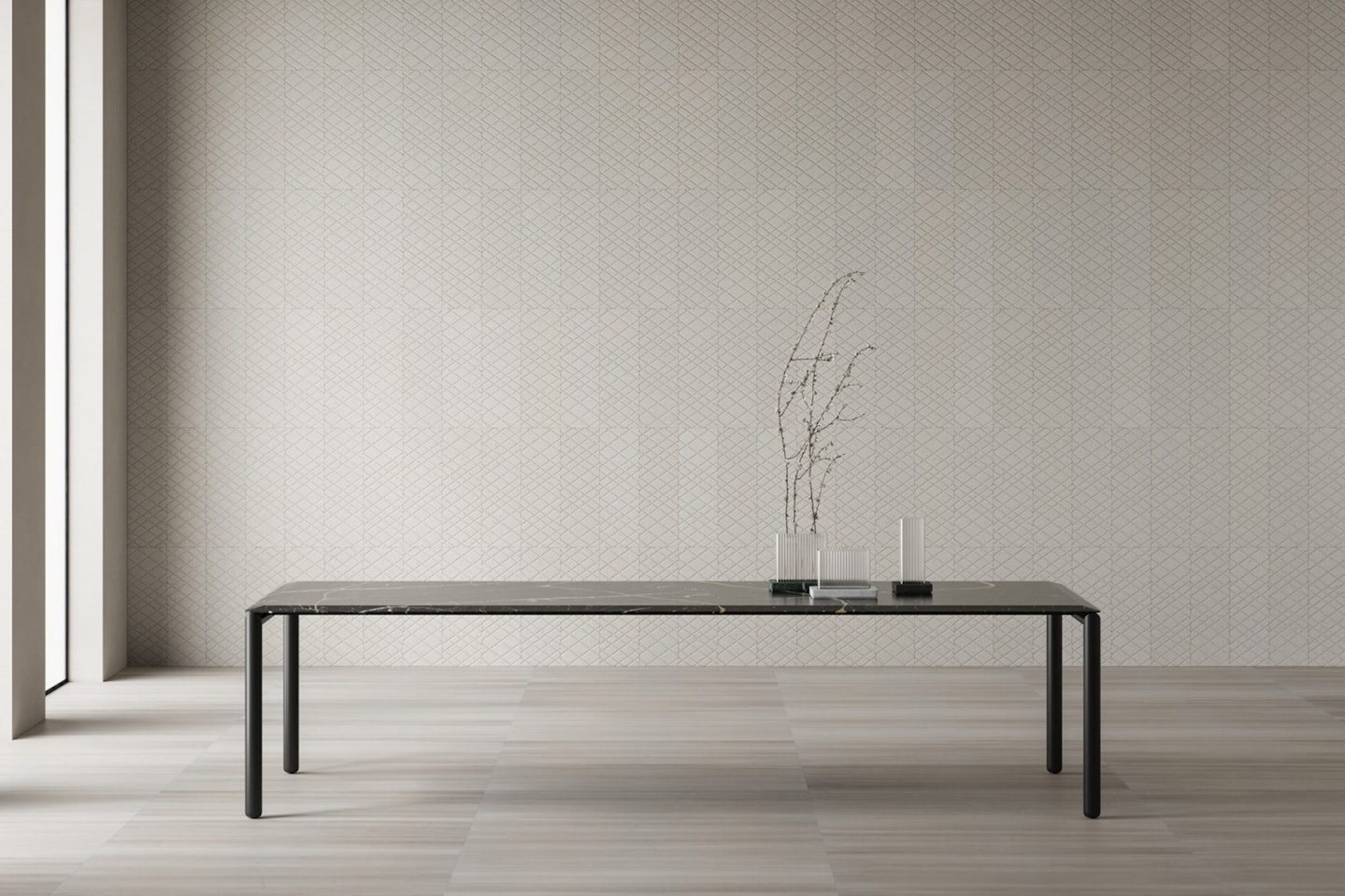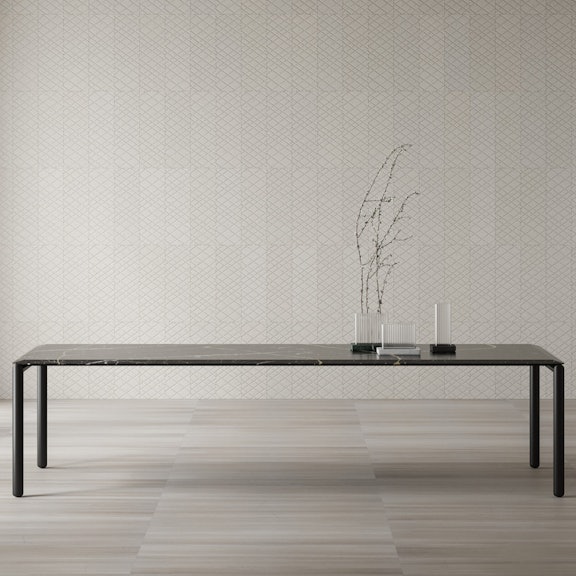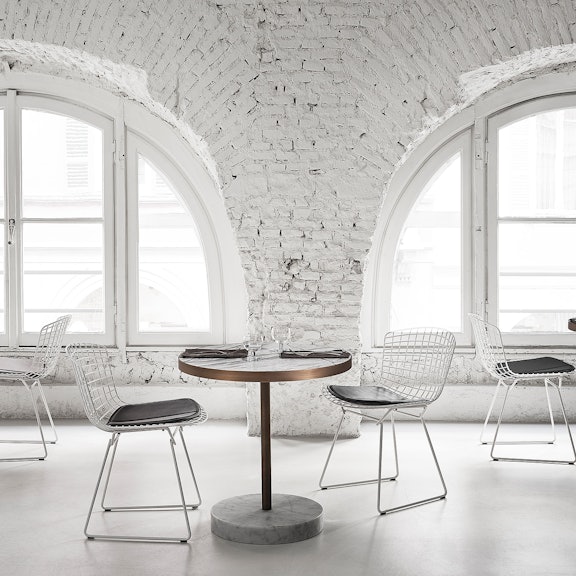Design for Soul
03.2022
“I think it’s really the time for companies to understand that we can make a positive impact on other people’s lives. This is one example of how that is possible.”
A series of tables designed by Piero Lissoni to support the Food for Soul project created by chef Massimo Bottura.
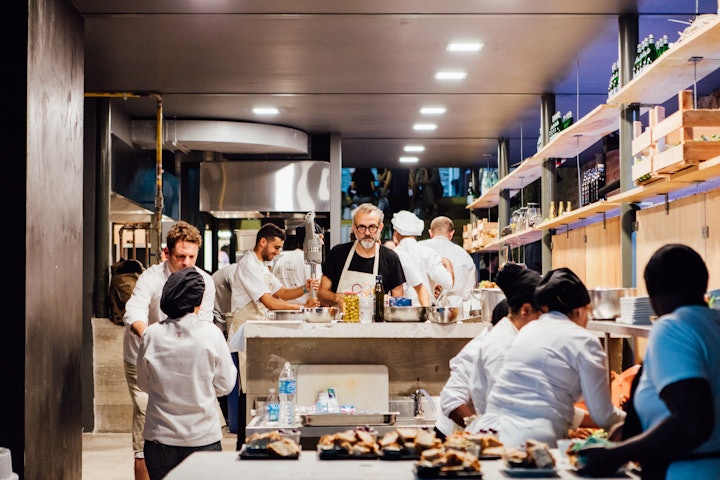
We have partnered with Milanese architect and designer, and our regular collaborator, Piero Lissoni, and Food for Soul, a non-profit organization founded by Chef Massimo Bottura and Lara Gilmore, to design and craft a series of tables that shine light on sustainability and zero waste. The project entitled Design for Soul takes inspiration from Food for Soul’s guiding principles: Value of Hospitality, Quality of Ideas and Power of Beauty and highlights the role of design in celebrating tradition, technique and natural resources. The Salvatori collaboration will support Food for Soul in its mission to improve the social and environmental health of communities around the world by promoting more equitable approaches to food.
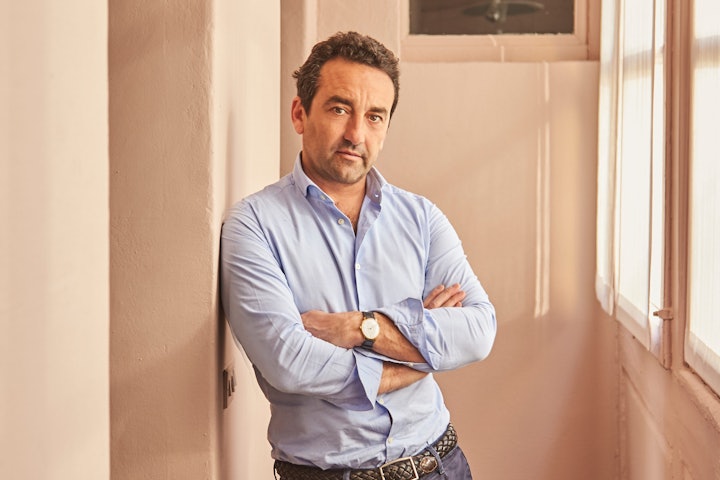
“I fell in love with the project that Massimo Bottura started, using food that was being thrown away and cooking it for those in need, and I wanted to contribute,” says Salvatori CEO, Gabriele Salvatori. “We had the idea to donate the tables on which this wonderful food would be eaten, and asked Piero Lissoni to come up with a design that, like Bottura, finds a use for waste material – in this case, stone.”
Gabriele Salvatori CEO
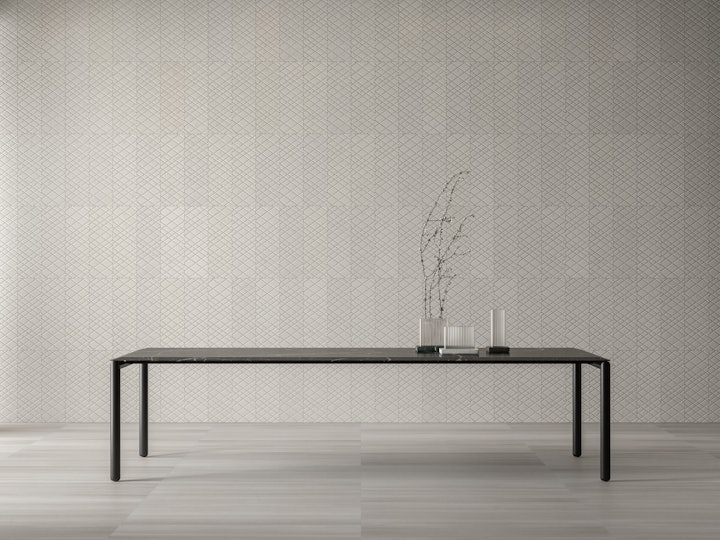
Composed of a reclaimed marble slab and supported by a simple sturdy frame, the tables echo the sustainable and socially responsible principles behind the Refettorio projects, Food for Soul’s community kitchens that serve nutritious meals using food that would otherwise be thrown away. In addition to using rare, heritage stone that has been discarded, rather than quarrying new material, the modular table legs are able to support a range of weights and their design means production and assembly is efficient.
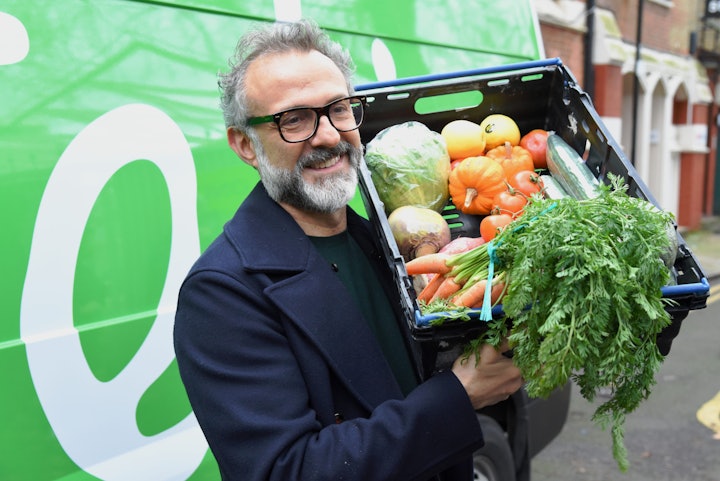
In 2015, internationally renowned Chef Massimo Bottura and his wife Lara Gilmore began their mission opening the first Refettorio Ambrosiano in Milan during the World Expo. Since then, Food for Soul has opened 7 projects around the world in Milan, Rio de Janeiro, Modena, Bologna, London, Paris, Naples and soon Mérida. Food for Soul’s Refettorios are places where gestures of hospitality and dignity are offered to all through nutritious beautiful meals made with recovered surplus food, job training and cultural programming.
“We all have to be courageous and open-minded to see the hidden potential of everything. A bruised fruit or vegetable has a lot to say if used in the right way. And this is exactly what Salvatori and Lissoni are doing for the Design for Soul series using discarded precious material to create a unique piece of design that is also sustainable. We all have to be united and change our perspective if we are going to make change happen. Something recovered is something gained.”
Massimo Bottura
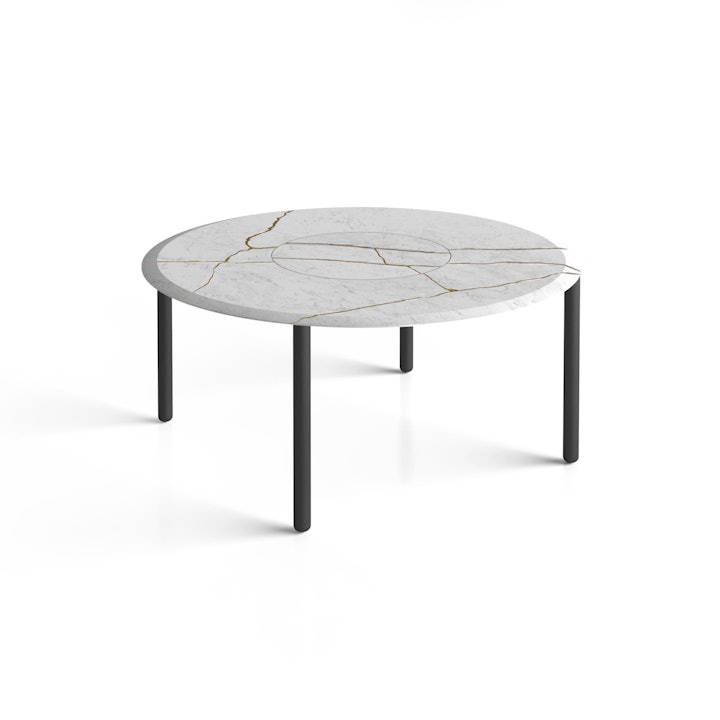
Embodying the ethos behind Food for Soul, the series of tables designed by Piero Lissoni symbolise both the sustainable efforts in recuperating wasted food and, in the straightforward modular frame, the collective effort that drives Food for Soul’s diverse and international activities. An organic extension to Lissoni’s Lost Stones project, which the designer launched last year with us, Design for Soul uses discarded natural stone and marble from disused quarries to bring new life to already quarried material.
In many cases, the stone is the same that has been used for historic projects, such as the terracotta- coloured stone on Notre Dame cathedral in Paris, the forest green marble chosen by Mies van der Rohe for the Barcelona Pavilion and Manhattan’s Seagram building, and a black stone used for St Peter’s Basilica in the Vatican.
For the Design for Soul tables, the slabs are cut, cleaned and polished, before being placed on the versatile, modular legs. Lissoni has also designed a special version of the round table with a Lazy Susan in the centre. As with the Lost Stones project, the table uses the Japanese art of Kintsugi, normally used to repair broken ceramics, to join fragmented pieces of stone with a gold seam – celebrating, rather than concealing, the stone’s unique history.
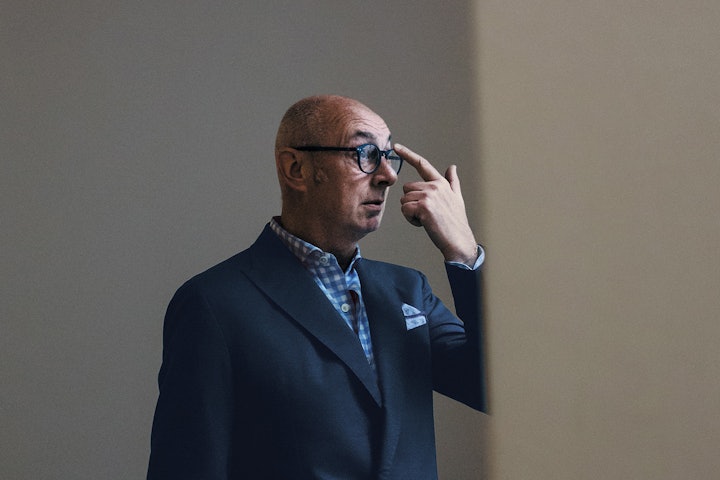
“These tables were founded on the very same anti-wastage principle behind Massimo Bottura’s Food for Soul initiative. The table tops are made by piecing together fragments of discarded marble and natural stone that have been artfully broken by nature’s rituals and transformed from flaws into something perfect. In the same way food scraps are salvaged and used to create delicious dishes, so we do with design.”
Piero Lissoni
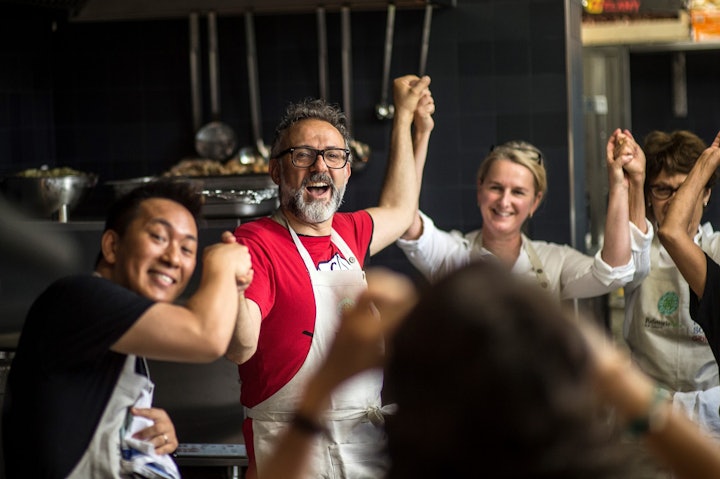
We will donate 3% of each purchase of a Design for Soul table to Food for Soul. Each contribution will advance Food for Soul’s mission to build a culture of value and enable the development of healthy equitable food systems and cohesive communities.
